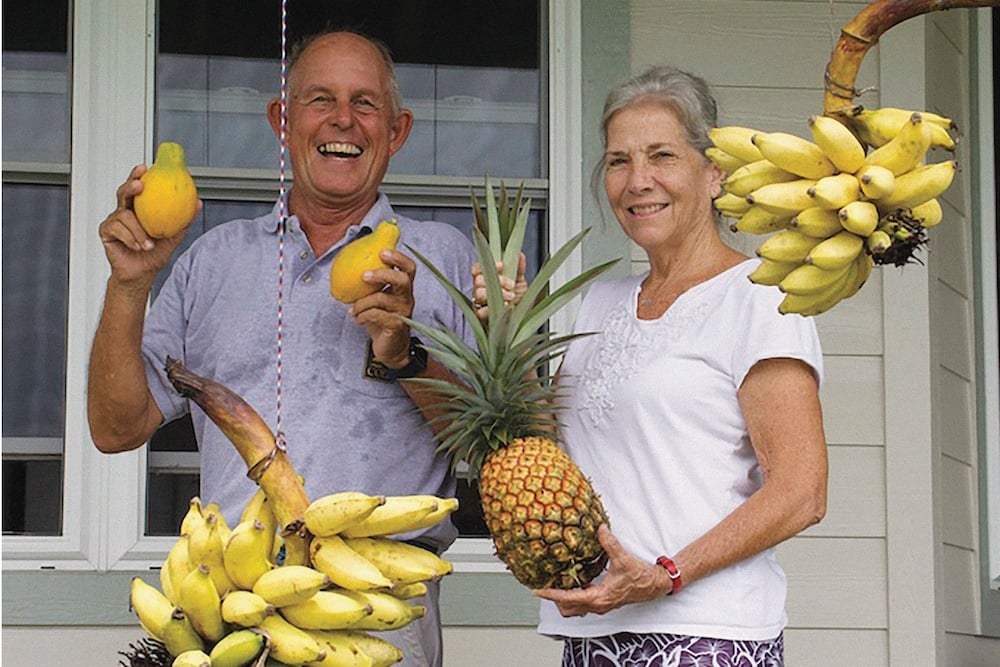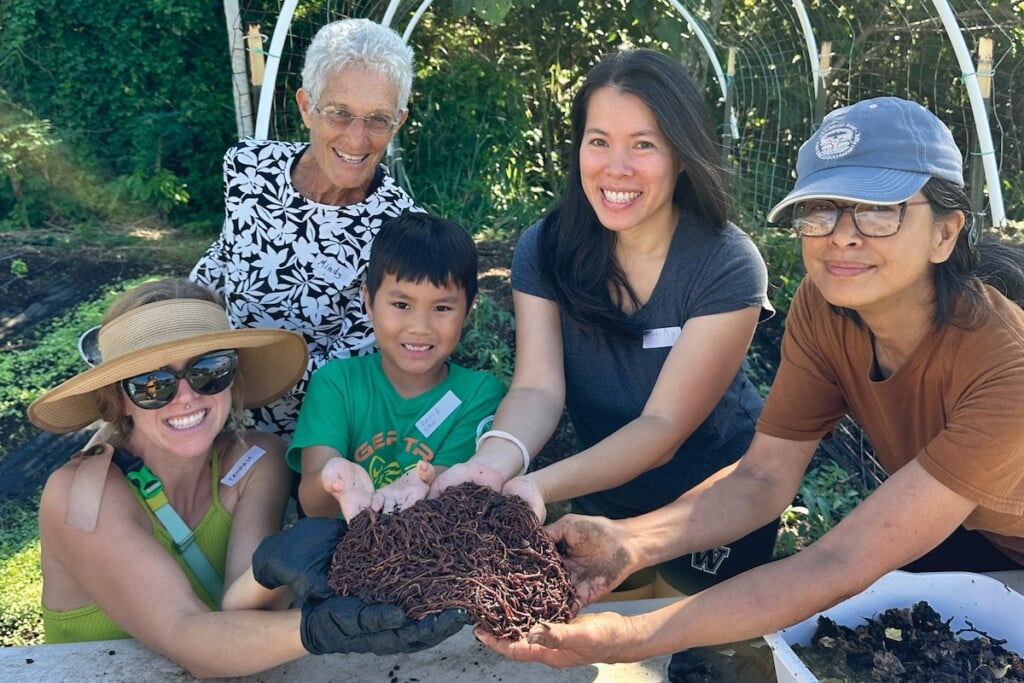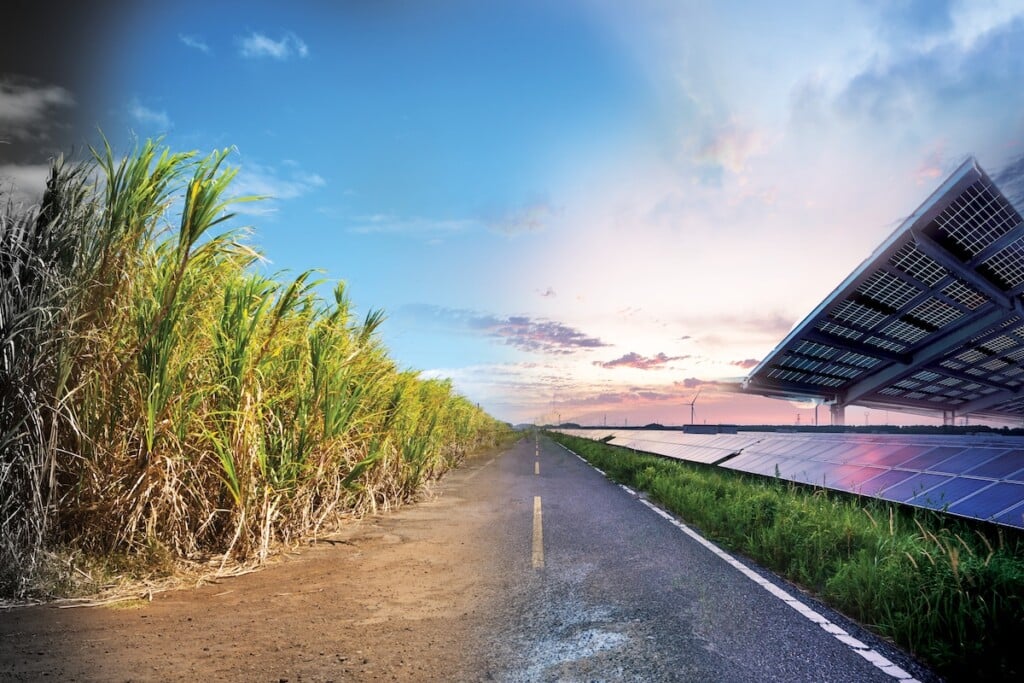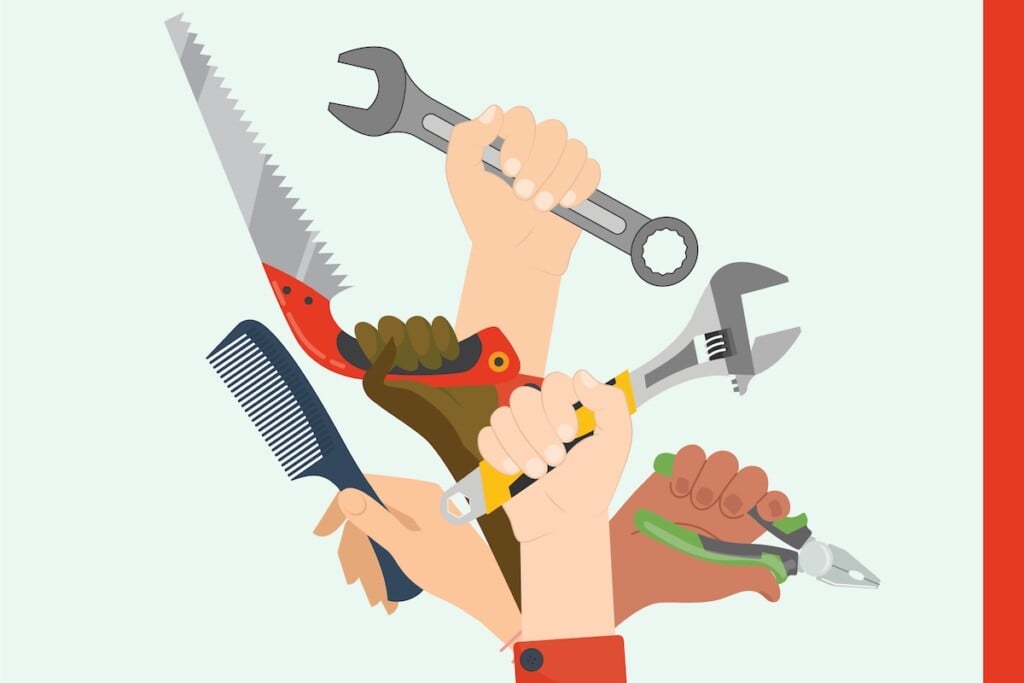Tariffs Are Hurting Lots of Industries. Here’s One That Stands to Benefit.
While a recent 25% tariff on papayas from Mexico was eliminated, local papaya growers and processors are monitoring the situation closely.

Many businesses in Hawai‘i are watching tariff decisions being made – and then sometimes reversed – 4,800 miles away in Washington, D.C. For them, the predominant feeling can be anxiety, hope or confusion.
Like a lot of sectors, the local papaya industry tracks tariff decisions with interest. A general 25% tariff on Mexico was announced by the Trump administration – which would have included Mexican papayas imported to the U.S. – but then the tariff was paused and at press time had largely been withdrawn, though some other new tariffs on Mexico remain in effect.
Trade among the three nations is once again largely governed by the United States-Mexico-Canada Agreement that took effect in 2020. That means no tariff on papayas from Mexico, which supplies about 85% of the papayas consumed in the U.S.
“The stated reason for the tariffs is to bring back American production and level the playing field,” says Eric Weinert, president of the Hawaii Papaya Industry Association and owner of Hawaii Papaya Direct. “If there were to be an impact on our papaya industry it would absolutely be a positive one.”
In Hawai‘i, about 95% of the papaya crop is grown on Hawai‘i Island, in the district of Puna; the rest is grown on Maui and O‘ahu. The local papaya association, which comprises about 100 growers and half a dozen packing houses, says about two-thirds of Hawai‘i’s papayas are sold within the state, about 5% is sent to Japan, and the rest is shipped to the mainland.
HPIA growers do not consider themselves in competition with Mexico. For one thing, Mexico’s papaya is different. Maradol is commonly larger, with a muskier flavor that’s less sweet than the papaya grown in Hawai‘i, like the popular Rainbow variety, a hybrid of the Solo.
The cost of growing and selling papayas in Hawai‘i, compared to Mexico, is also high. “We pay to import fertilizer and export our products by ship or by air,” Weinert says. “And as American producers we have the strictest agricultural regulations in the world. We also pay American wage rates and taxes.”
Because of those costs, Hawaii Papaya Industry Association producers haven’t concentrated on expanding into other markets, Weinert says. “We’ve been primarily concerned with getting good quality and satisfying the markets that we do have.”
Should a market vacuum present itself and the demand for more papayas from Hawai‘i increase, HPIA has the capacity to ramp up production, Weinert says. “It would just be a matter of planning, as it takes about a year after planting for the first production to come in.”
If tariffs cause the price of Mexico’s papayas to go up, however, HPIA’s pricing structure wouldn’t be affected, Weinert says. With tariffs, he says, the price of Hawai‘i-grown papayas would just be “more attractive” than Mexico-grown papayas. “At this point we are charging as much as the consumer is willing to bear. We’re not getting rich, just covering our costs and making it all work.
“We’re not a subsidized industry, and from our perspective, the tariffs are a good thing for our papaya producers” – leveling the playing field and making local producers more competitive, he says.






